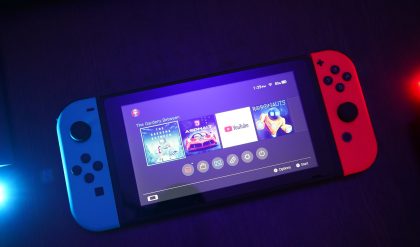What is wireless communication? Wireless communication was first introduced in the late 19th century. It is also known as Bluetooth, WiMax or gigabit networking. Wireless communication is simply a form of data communication where data is transmitted and received between 2 or more wireless devices without the use of cable or wire.
In a nutshell, the transmission of waves is done through electromagnetic radiation. Electromagnetic radiation is known as radio waves, light waves, and x-rays. These forms of electromagnetic radiation are usually absorbed by objects with a similar density. This means that for a given weight and size of one device, the waves produced by different devices will have a different frequency, wavelength, and power.
When it comes to data communication, wireless communication allows us to communicate with other devices via data. This type of transmission requires the use of radios, cordless phones, modems, and wireless card readers. These devices all operate on the same principles; they pick up and decode radio signals, convert them into analog or digital data, and then send them out as radio signals. Each of these devices has their own radio frequencies that they can use to transmit and receive signals. The difference is that the signals transmitted by cordless phones are much stronger than those transmitted by modems and cordless phones.
The main advantage of wireless technology is that transmission and reception of signals are faster. What is wireless technology is far much faster than traditional wired systems. This is because the waves used are unidirectional. This means that these waves do not need to pass through any barriers. That means transmission and reception are instant and do not have to travel through walls or other mediums which make traditional wired systems slow.
The major use of this type of transmission is in mobile devices such as cell phones. Most people rely on their cellular phones whenever they are outside and in unfamiliar surroundings. As a result, the use of data transmission in mobile phones is very high. If you are inside your home, you can easily use your cell phone’s wireless technology to send and receive data from a laptop, personal computer, or other wireless device at home.
There are several different types of wireless communication. One of these is BPL or the Bluetooth wireless communication. In this type of communication, a transmitter sends and receives data over short distances using radio waves. The transmission and reception of this data is very fast and efficient.
There are also protocols that wireless communication relies on. These protocols allow for easy compatibility between various wireless communication devices and systems. For example, there is the Bluetooth wireless communication protocol which is compatible with most portable devices. The protocol enables a device to detect when another device is near and establish a connection. You need not have to worry about compatibility as there are various Bluetooth wireless communication protocols that are used.
However, the Bluetooth wireless communication has a limitation of effectiveness. It can only transfer data at a rate of approximately 10 mega bits per second. As for the WAP, it is capable of transmitting large amounts of data at very high frequencies. It is believed that the biggest reason why the WAP failed to gain widespread popularity is because it was not able to gain widespread use. This protocol may be useful for large companies and government agencies as it allows them to reduce their costs as they do not need to purchase separate devices for their employees to access the network.
Wireless networking is more secure than other types of communication. This is because someone cannot easily transmit confidential or classified information over the airwaves. A wireless communication is much cheaper compared to the other options as one doesn’t have to pay for expensive and extensive wiring. Since it is not necessary to run wires from one point to another, the cost involved is reduced significantly. This also helps reduce the operational cost as there is no need to pay for electricity or for gas for the transfer of data from one location to another.
However, since it doesn’t have any specific benefit in distance communication, Wi-Fi is often used as an alternative to Wi-Fi. Wi-Fi relies on radio frequencies and its range depends on the signal strength. Since it has a short-range, it can only support a limited number of devices and data programs.
Wi-Fi is commonly seen in public areas like airports, coffee shops, libraries, hospitals and even malls. With the advent of modern technology, wireless communication has made things easier and convenient for people all around the world. Wireless devices are now available in many different models that allow users to transmit data from their laptops, mobile phones, PDA and smart phones over long distances.








